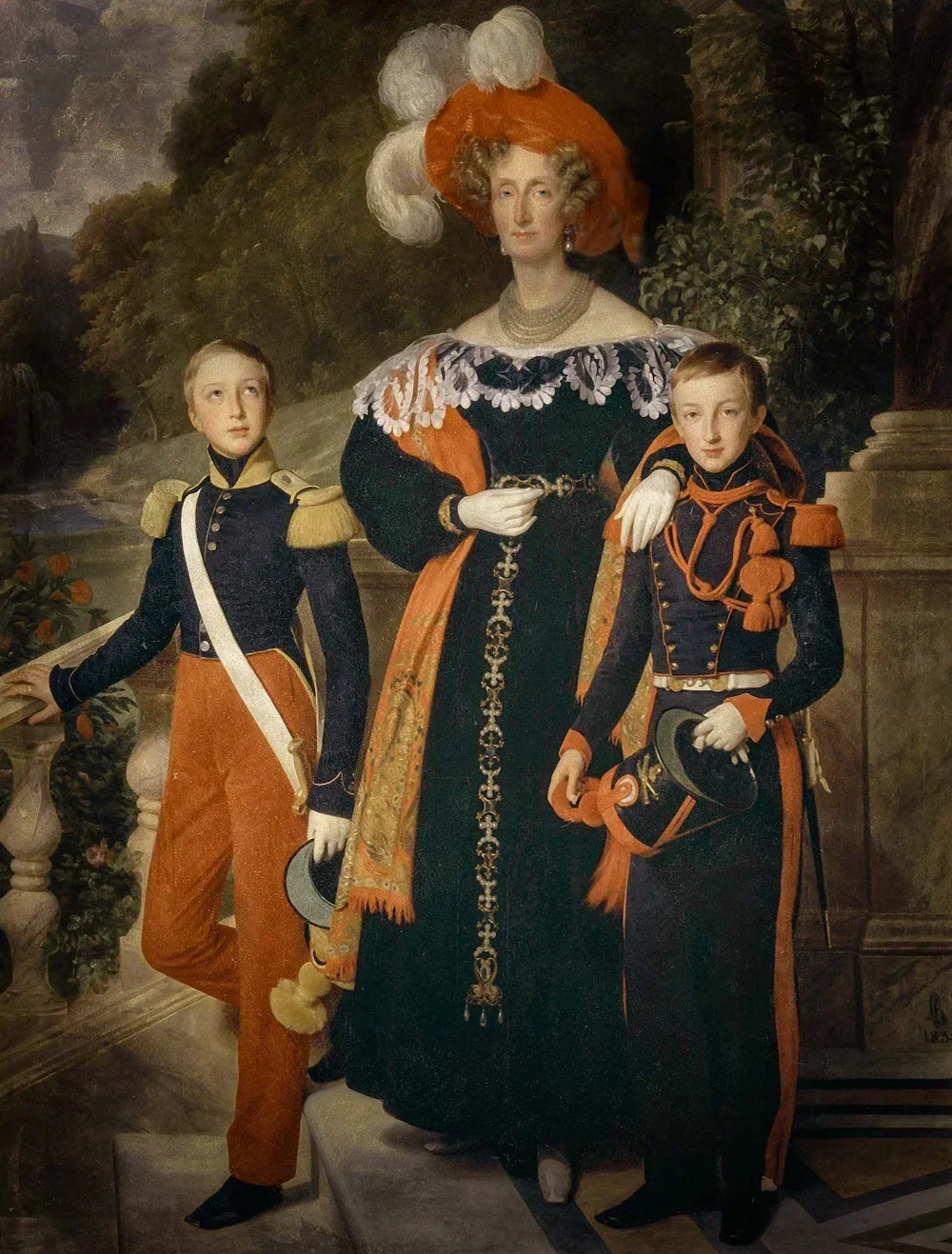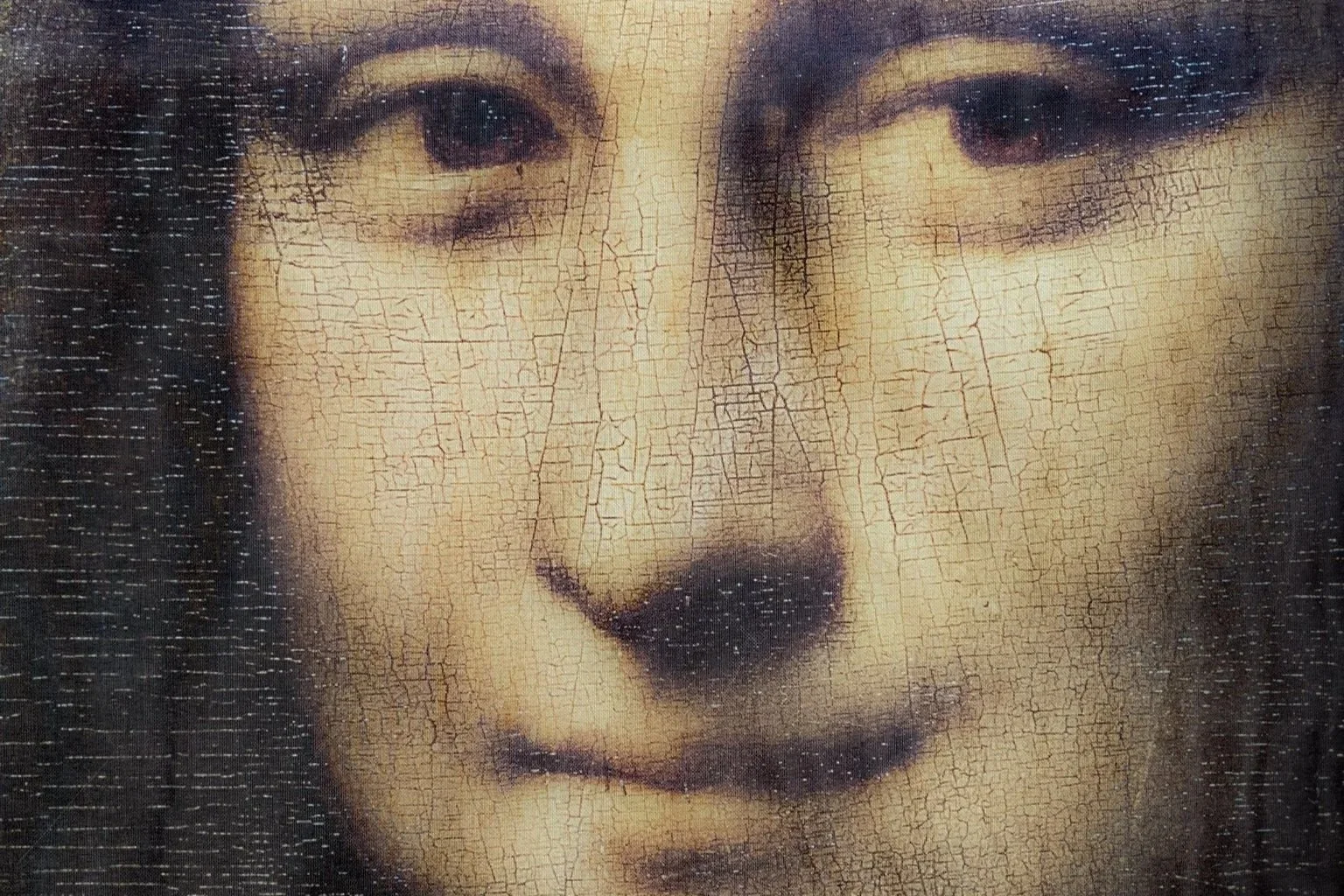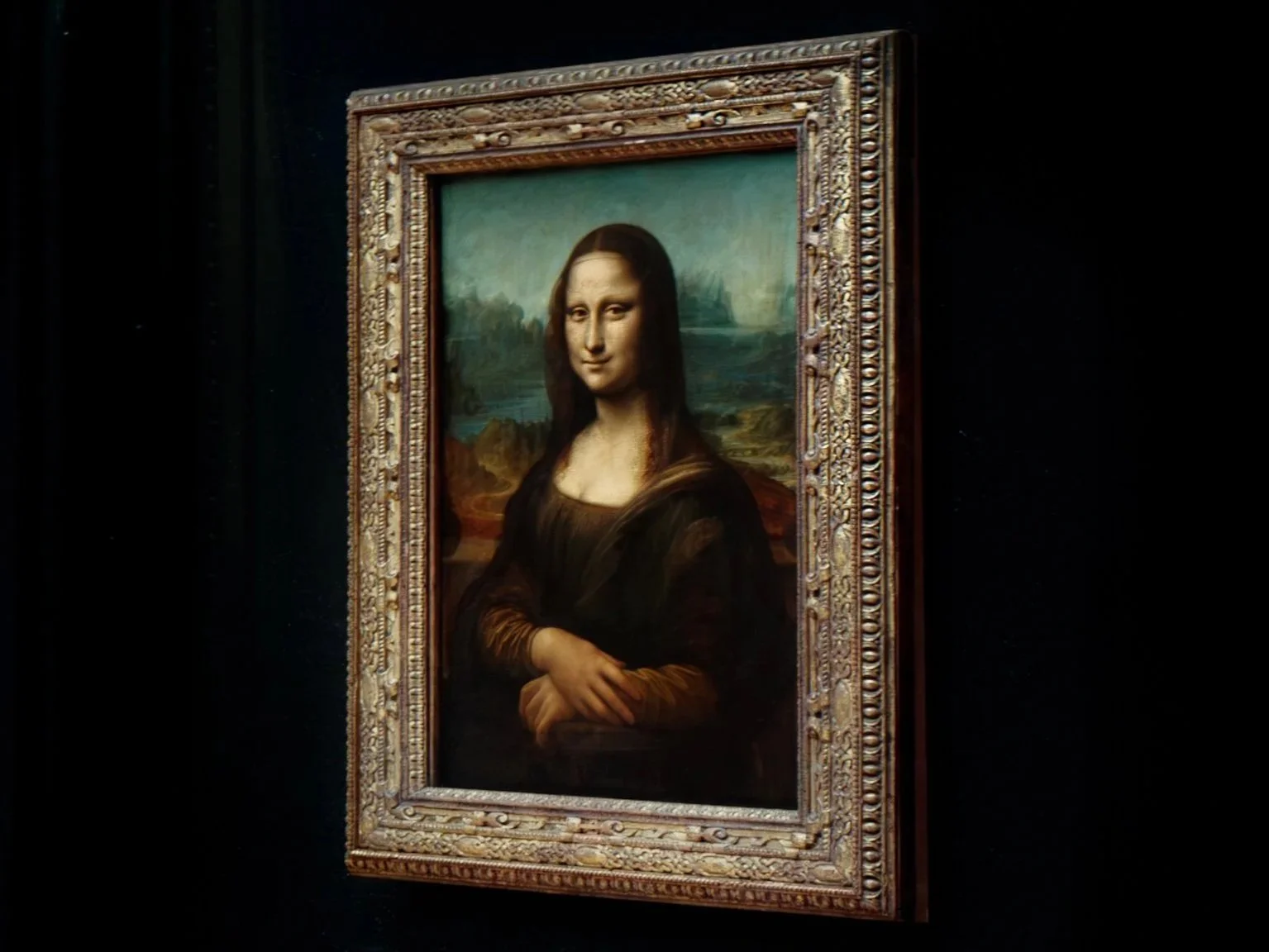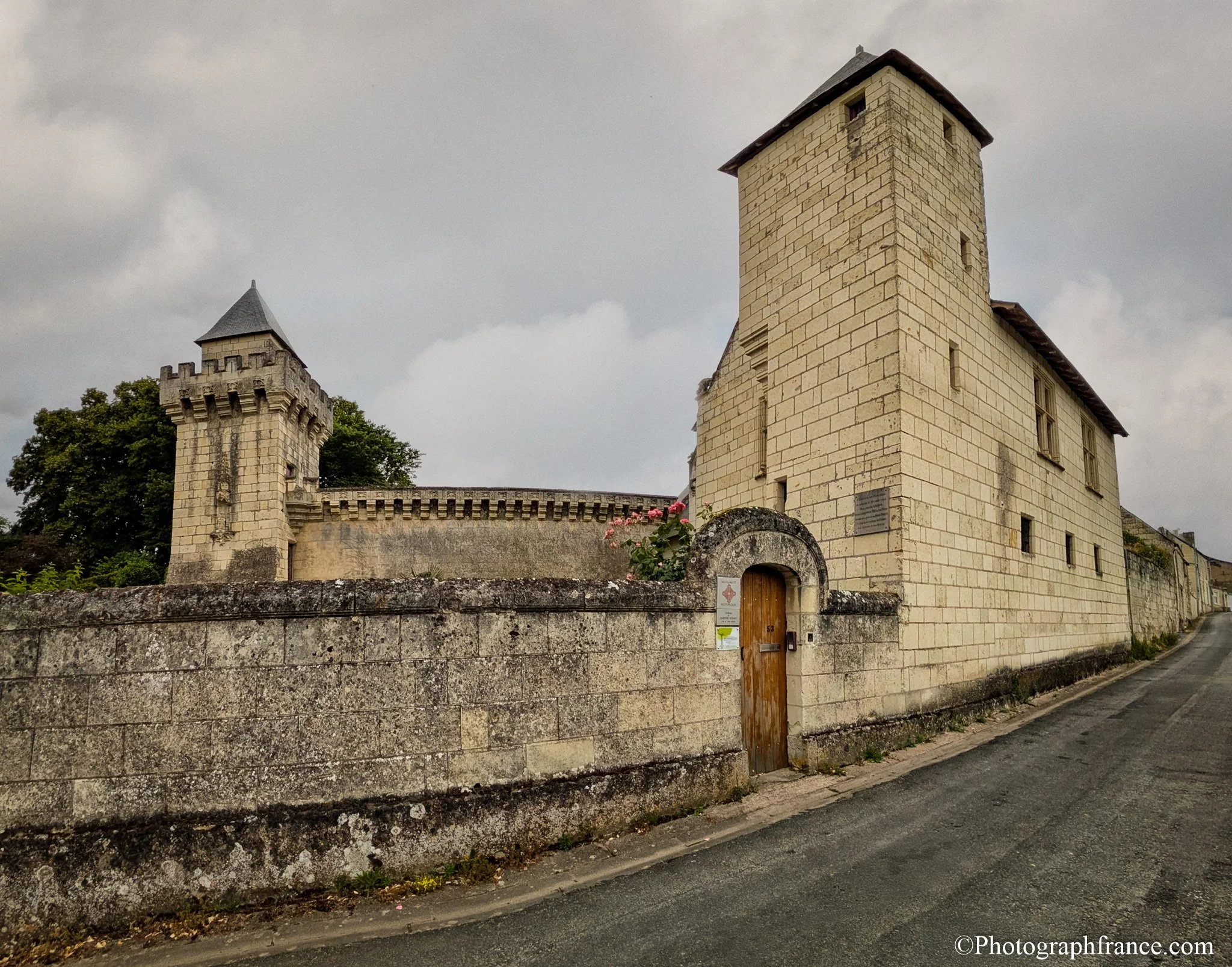Leonardo didn’t compartmentalise his experiments. For example, before him, only apothecaries created fragrances which were not meant to be put directly on to the skin.
Not only is her smile strange, just about everything about her is strange.
Leonardo did not give this, or any other of his paintings, a title. He simply said it is of a Florentine lady.
Before we dive into the nitty gritty of what lies behind the painting, it never hurts to point out that the first people to see Mona Lisa outside Italy lived in Amboise in the beautiful Loire Valley.
Apart from those who live in the area, very few have ever heard of Dampierre-sur-Loire, yet this is where one of the most astonishing Queens of England ended her days.
I became familiar with Château Saumur, or at least its image, in college many, many years ago (1972) while training to be an art teacher.
He imagined vertical flight long before the necessary technology to make it work saw the light of day.
It is not too fanciful to say that the world owes a huge debt of gratitude to Francis I, King of France for Leonardo's Notebooks, or at least some of them.
Francesco Melzi was an Italian aristocrat. His family took the name from their home town, Melzo near Milan (Francesco has a street named after him).
When was it built? No-one knows. Some sources say parts date from the 1100s. Others say that it was built in the 1300s as a Watch Tower. The consensus is the second half of the fifteenth century which makes it the oldest house in Amboise.
Dendrologists, who study the growth patterns and structures of trees, say that Leonardo's Rule of Trees is spot on.
On 18 February 1478, George, duke of Clarence was murdered in the Tower of London on the orders of his brother Edward IV, king of England. Families!
Biographies have been written about Louise of Savoy and her children Marguerite of Angoulème and Francis I but few, if any, point out their cruel sides.
Marguerite was born in 1492 in Angoulême. Her mother, Louise of Savoy, was sixteen. Her father, Charles, Count of Angoulême, a member of the House of Valois-Angoulême, was thirty-three.
In 1483 two little girls arrived at Chateau Amboise to be brought up by the Regent of France, Anne of Beaujeu.
Louis XI’s daughter, Anne of France, was born when he was the Dauphin living on charity in the splendid Court of the duke of Burgundy.
Of all the children from the Courts of France who stay in my mind, Louis (XI) is right up there. The boy came into the world when the English army was at the peak of its brutal strength and his father, the Dauphin Charles (VII) had been disinherited in favour of Henry V of England.
The Capital of France was wherever the King was. Because Paris was under English occupation, Charles VII established his Court in Tours. All of his and Marie of Anjou’s children were born and grew up in the Loire Valley.
Marie, who grew up an orphan in the magnificent Pitti Palace in Florence, was the richest heiress in Europe.
Armand Jean du Plessis de Richelieu better known as Cardinal Richelieu, was Louis XIII ’s right hand man for the eighteen years prior to the Cardinal’s death. He was sixteen years older than the King.
In this portrait of Gaston of Orléans, he is wearing the crown of a prince of the blood an elaborate lace jabot and an ornate doublet.
Sandy invented the mobile. His kinetic sculptures, delicately balanced, suspended shapes move in response to touch or air currents.
Sculpted by world famous Surrealist, Max Ernst, The Baby turtle Hatchlings. were born almost sixty years ago to adorn the basin of his wonderful Fountain in Amboise.
I find the bronze sculpture, ‘Danseuse’ on display in Tours Musée des Beaux Arts mysterious.
One of the reasons, apart from the usual displacement activities, it takes so long to write a book is because of the rabbit holes the writer tumbles down along the way, often because of accidentally stumbling over just one sentence read somewhere or other a long time ago.






























Joseph Nicéphore Niépce is the Father of Photography.